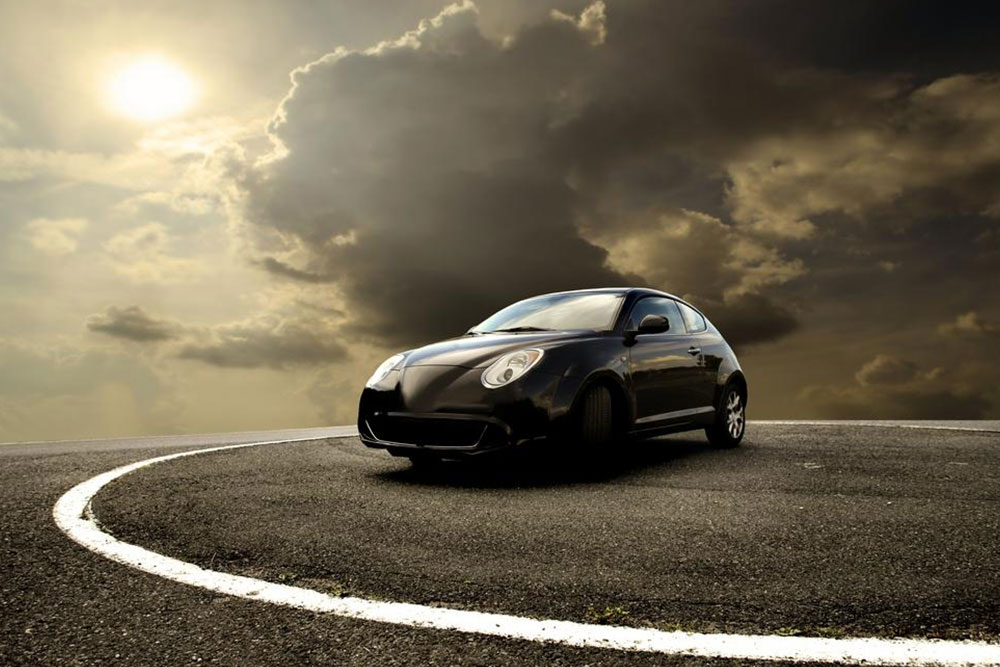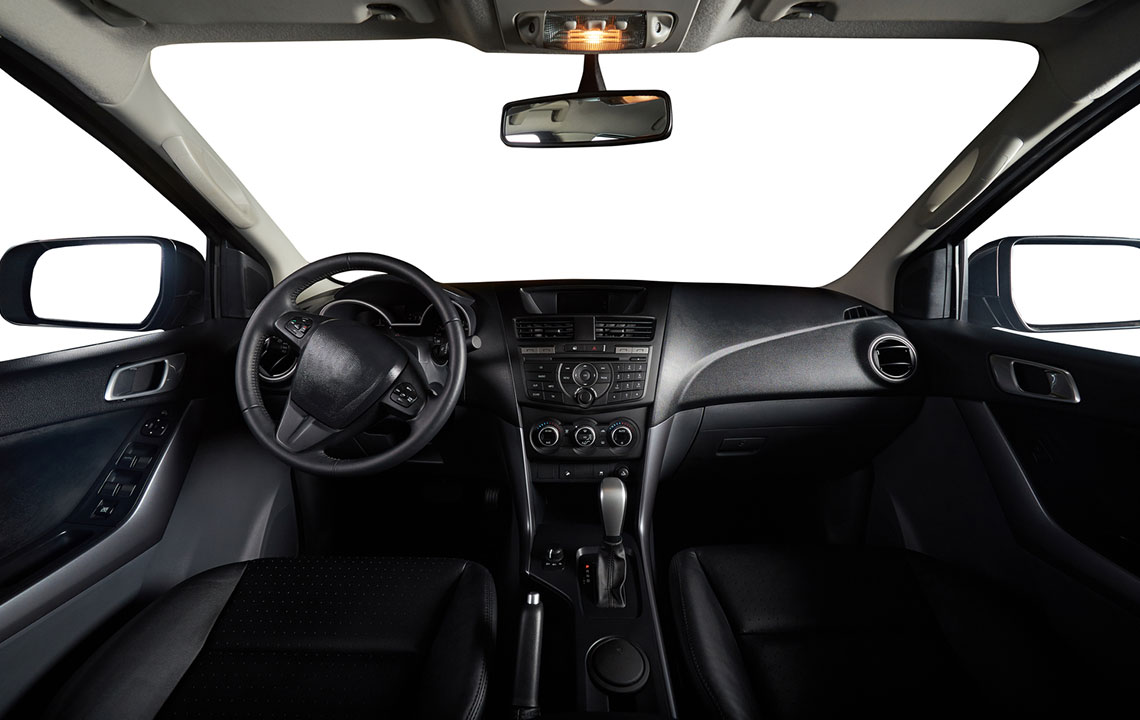Inside Automotive Innovation: Crafting Tomorrow's Vehicle Designs
This article explores how car manufacturers blend heritage, technology, and innovation to create modern vehicle designs. It covers the influence of historical models, advancements in autonomous and electric tech, and design reinventions that reflect evolving market trends and brand identities, offering insights into the future of automotive design.

Inside Automotive Innovation: Crafting Tomorrow's Vehicle Designs
Automobile manufacturers worldwide often develop new models by evolving their historic designs. Several crucial elements influence the creative process behind modern car designs.
Leveraging Brand Heritage
Contrary to common belief, tapping into a company's history offers a strong foundation for design teams. They update classic features and integrate cutting-edge technology, paying tribute to the brand’s legacy while meeting current safety standards.
For instance, elements like headlight dimensions and bumper designs are modified to adhere to modern regulations but still reflect the brand’s visual identity.
Tech Innovations Shaping Design
Breakthroughs in autonomous vehicles and electric drivetrains are transforming car aesthetics. Self-driving technology allows for entirely new vehicle shapes and interior configurations, creating opportunities for innovative designs. Concepts such as Volkswagen’s Sedric, Mercedes-Benz F 015, and BMW’s Vision Next showcase futuristic autonomous vehicle ideas.
Historical Inspiration
Many brands revisit their archives to influence new models. The Volkswagen Beetle, with over 20 million units sold globally, highlights this strategy. Its modern counterpart appears entirely new but echoes the original’s iconic style. This homage supports plans to produce electric versions that preserve their heritage.
Reinventing Classic Concepts
Some automakers choose to diverge from tradition to stay competitive. Land Rover’s Range Rover Evoque features a bold, tough aesthetic suitable for off-road use, employing innovative design techniques. Similarly, Jaguar’s recent models have moved away from vintage styles, with the F-Pace SUV representing a significant design evolution that enhances profitability.


